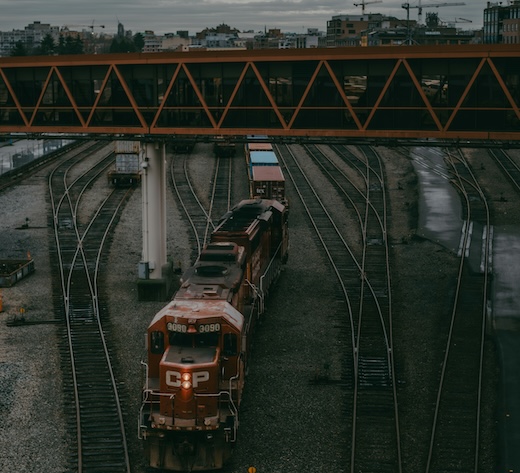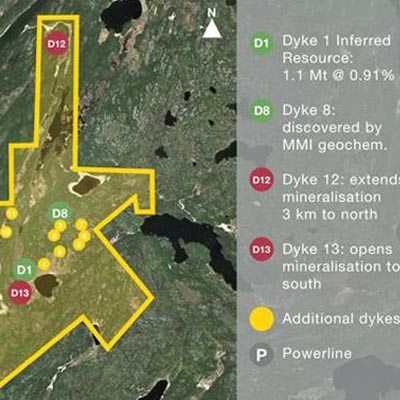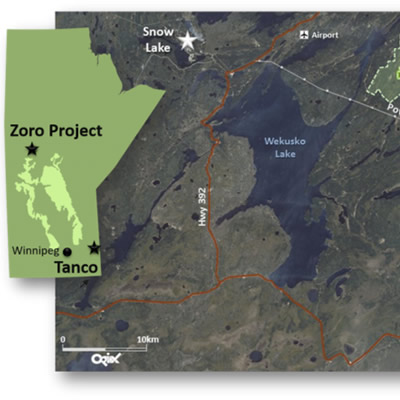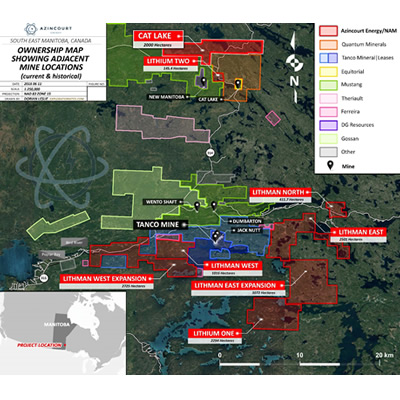A whole new wURLd
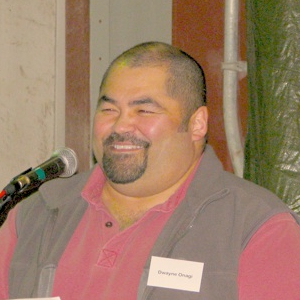
Dwayne Onagi spoke at the Underground Research Laboratory's closing ceremonies, celebrating decades of world-class work. — Photo courtesy Dwayne Onagi
Dwayne Onagi spoke at the Underground Research Laboratory's closing ceremonies, celebrating decades of world-class work. — Photo courtesy Dwayne Onagi
Near Pinawa, Manitoba, there is a research facility that has carried out pioneering work for more than 20 years. Some of the first successful full-face blasting techniques, shaft jumbos and electronic detonators in North America were used here; for a time the facility was a leader in the controlled blasting field. Additionally, throughout the 2000s the mine rescue team working at this complex repeatedly won awards in provincial competitions and has competed in the Western Regional Mine Rescue Competitions.
The interesting thing about this laboratory is that you may have never seen it—it's located hundreds of metres below the surface of the earth. The Underground Research Laboratory (URL), owned by Atomic Energy of Canada Ltd. (AECL), was created as a place for studying the science of nuclear waste disposal. When it was constructed, it was the only establishment of its kind in the world, but the URL has never contained any radioactive materials of any kind. Simulations of heat dispersal and ground water migration were done with electrical heaters and chemical analogs. There has also been research on water jet coring, fracture grouting, tunnel sealing and experimental explosives and explosive techniques.
Dwayne Onagi has been a part of AECL since 1986. His background in geology and geological engineering meant that he has had a hand in all of the major projects carried out at the URL, as well as assisting with short courses at Queen's University on controlled blasting. When a decision was made in the late 1980s to deepen the URL's shafts using full-faced blasting, Onagi witnessed the resistance to using this new method instead of the conventional benching techniques. However, AECL and the URL's long-standing contractor, Redpath Limited, enjoyed success of the new method, in part due to its controlled blasting technique and highly accurate blast hole drilling. Full-faced blasting doubled the daily advances made in shaft-sinking projects.
"I can, with hand on heart," said Onagi, "say that this facility was the place that sparked (modern) full-faced shaft-sinking in North America."
With these sorts of world-class endeavors, it should come as no surprise that throughout the years the URL has had thousands of international visitors. It has continued to do contract work for customers around the world throughout the 2000s. AECL is widely respected for the work it does on fuel waste disposal and research has been done for clients from as far away as Japan, Finland, Spain and the United States, among others.
In 2003, an announcement was made to close the URL, and in 2006 the closure processes gained momentum. Decommissioning could be seen as an end—but in many ways, this was the start of new adventures for Onagi, currently the facilities closure supervisor. AECL looked for ways to leave the URL in as green a state as possible, exceeding the guidelines set by provincial, federal and mining authorities.
"What we wanted to achieve was (leaving) a very minimal footprint on the (environment)," said Onagi. "We didn’t want any legacy issues—when we walked away from the facility we wanted to make sure that it was in as green a state as we could possibly leave it."
The URL plays by the rules and regulations of Manitoba's Mine Safety Branch and by those set by the nuclear industry. Funding for the closure came from the Nuclear Legacy Liabilities Program, money that deals with the repercussions of 70 years of nuclear research in Canada. A significant amount of work went into determining how Redpath's crews would strip the shaft entirely, removing every non-essential nut, bolt and beam. In total, there was more than 454,545 kilograms of metal and wood removed. A major engineering challenge involved developing a shaft seal to separate a horizontal fracture zone, preventing mixture of freshwater and brackish water. The water table will be monitored and sampled for a minimum of three years following the closure, and all the entrances to the underground laboratry have now been sealed.
"Even though it was the end of the URL, there are many challenges that are presented with decommissioning, " said Onagi. "It’s much different than going in with fresh excavation and fresh steel—you're going into works that have been rusting in the shafts for 27 years and now you’re going to take it all apart. As you go about, you have to design all of your seals and figure out ways of handling big pieces of material and removing things that are safe and cost-effective. It was probably (some) of the most rewarding work that I’ve done with the company."
Though this work was often treacherous, the URL has an impressive safety record. Over the past five years, there have been no off-time accidents sustained by AECL or Redpath, despite an excess of 48,000 hours spent on the decommissioning. In nearly three decades, there have been no major accidents at the URL.
From this, it is clear that the URL will leave a remarkable legacy among the scientific and mining communities—one of outstanding safety records, leading research and game-changing ideas.
